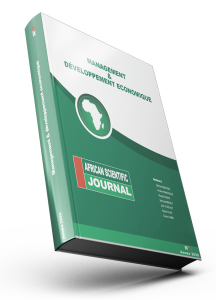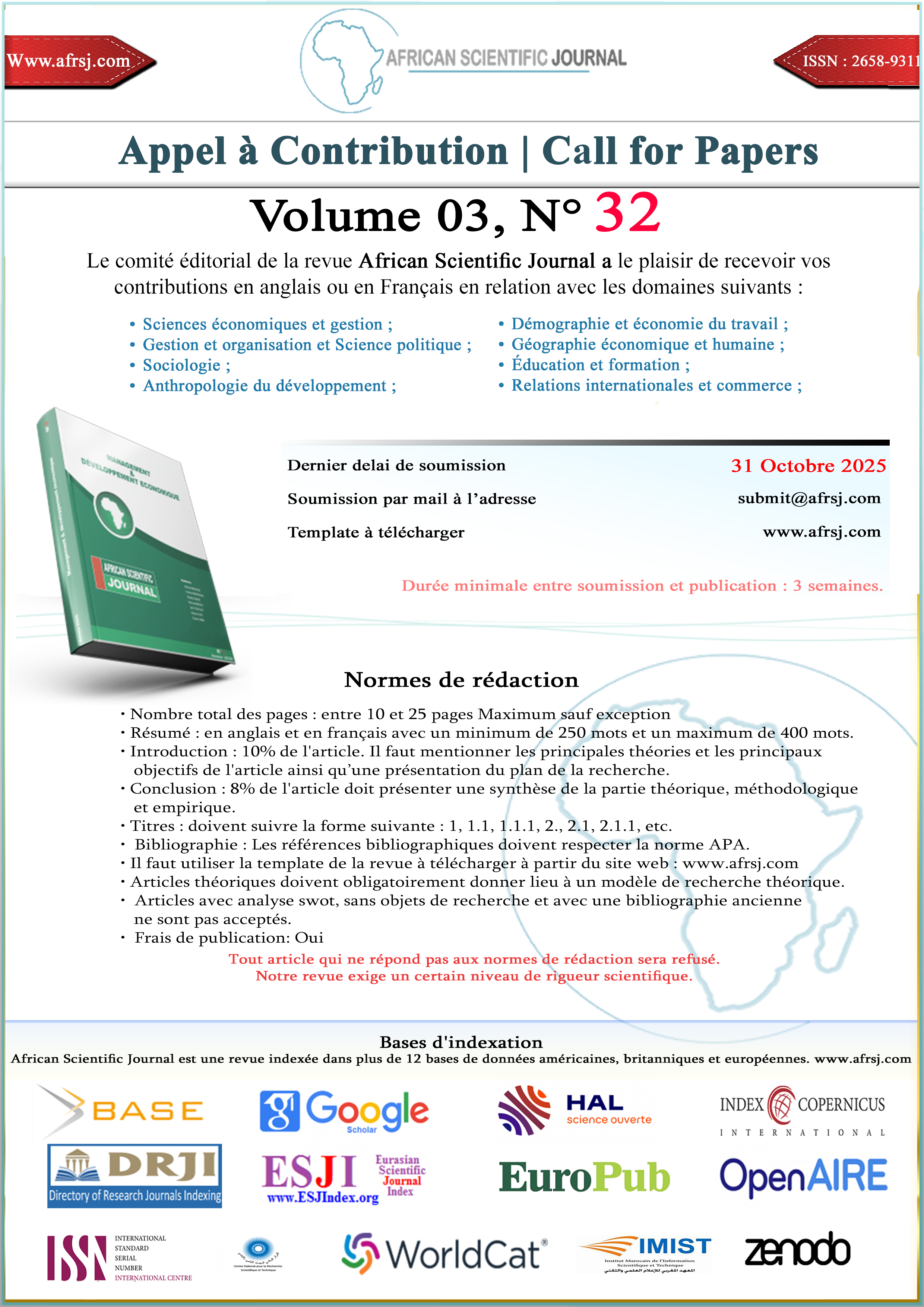Financial theories and short term indebtedness behavior of SMEs : a literature review
DOI:
https://doi.org/10.5281/zenodo.10036500Keywords:
SME,short term indebtness,financial theories,information asymetryAbstract
The aim of this paper is to highlight the explanations given by modern financial theory for the presence and importance of short-term bank debt in the financial structure of SMEs, in order to show whether this situation is a free choice on the part of the owner-manager or a constrained choice edited by the SMEs specifific characteristics , mainly those linked to the problem of asymmetric information. To this end, we have mobilized three theories: agency theory, hierarchical financing theory and credit rationing theory. We began by verifying the relevance of each of these theories to SME reality, through a critical analysis comparing their basic hypotheses with the specific characteristics of SMEs, before synthesizing them to determine their contribution to explaining the importance of short-term bank debt. The main conclusion of our analysis is that this financial structure, dominated by short-maturity debt, is the result of a free choice according to agency and hierarchical financing theories, which consider this financing policy as a management tool. However, credit rationing theory confirms that this is a constrained choice, given that SMEs are subject to important rationing on the long-term credit market, and are therefore forced to finance themselves on a short-term basis.
Downloads
Published
How to Cite
Issue
Section
License
Copyright (c) 2023 African Scientific Journal

This work is licensed under a Creative Commons Attribution-NonCommercial-NoDerivatives 4.0 International License.





















